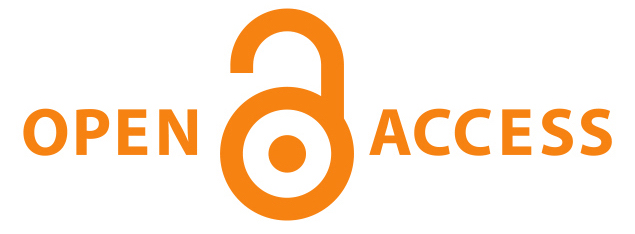Gender Equity In Education: Issues And Solutions
Keywords:
Sustainable Development, Cultural Barriers, Empowerment, Digital Divide, Policy Frameworks, Inclusive Pedagogy, Curriculum Reform, Education, Gender EquityAbstract
Gender equity in education is widely acknowledged as a cornerstone for sustainable development, human rights, and social transformation. Despite significant progress in expanding access to schooling worldwide, persistent disparities continue to disadvantage learners based on gender. Girls in many regions face barriers such as early marriage, household responsibilities, cultural restrictions, and economic constraints that limit their access to secondary and higher education. Boys, too, encounter unique challenges in certain contexts, such as pressure to enter labor markets prematurely, leading to early dropout and reduced completion rates. These disparities are further compounded by structural issues such as gender-biased curricula, lack of teacher training in inclusive pedagogy, and inadequate institutional frameworks.
The COVID-19 pandemic intensified these inequities by exposing and widening the digital divide. Millions of students, particularly girls in rural or underprivileged areas, were excluded from remote learning due to a lack of access to technology and internet connectivity. Addressing gender equity in education therefore requires a multidimensional approach that goes beyond access. It must also focus on quality, inclusivity, and equity in learning outcomes.
This study examines the issues contributing to gender inequity in education and explores practical solutions including gender-sensitive policies, inclusive pedagogy, curriculum reform, community engagement, financial support mechanisms, and technological interventions. The findings highlight that achieving gender equity requires collective efforts from governments, educators, communities, and international organizations. By removing structural and cultural barriers, education can truly become a transformative tool that empowers both girls and boys to participate equally in society and contribute to sustainable development.







